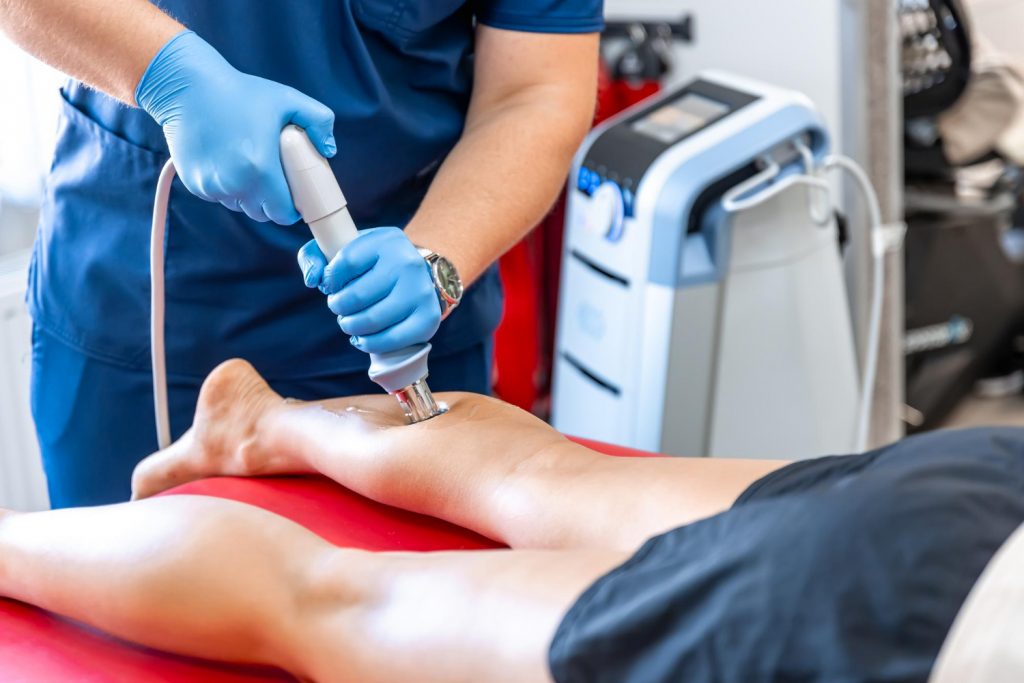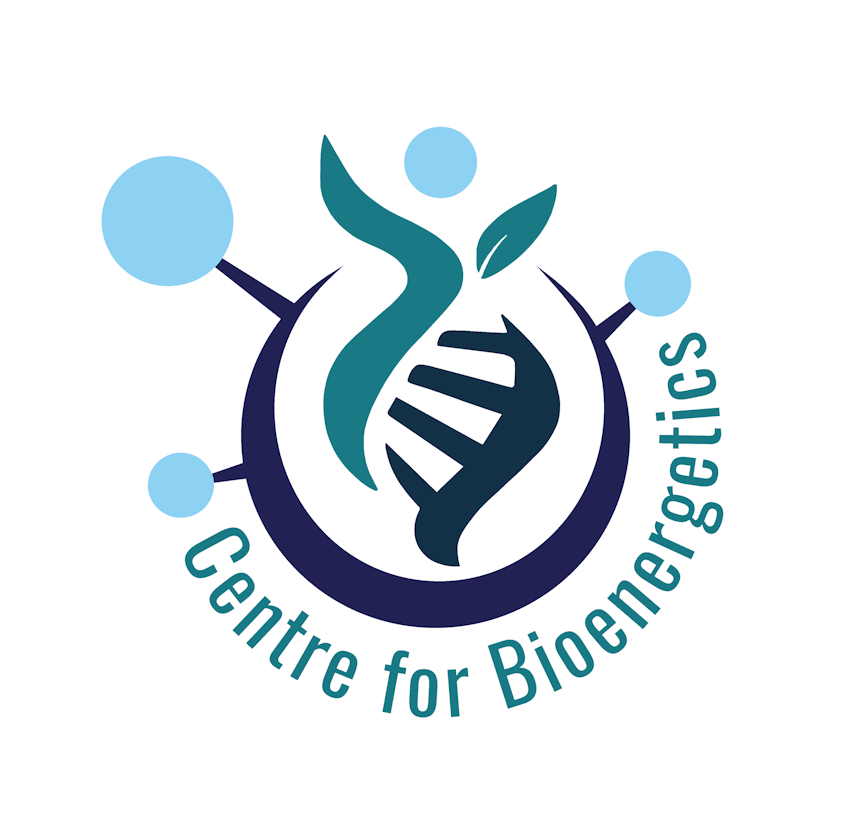Extracorporeal Shock Wave Therapy
Promoting tissue repair and reducing inflammation, leading to significant pain reduction.
Extracorporeal shockwave therapy (ESWT) is a non-invasive treatment that uses shockwaves to help with pain and healing.
How it works:
A device sends mechanical sound waves through the skin to the injured area, increasing blood flow and accelerating healing.
- The biological effects of ESWT include:
- Tissue regeneration: ESWT can help with tissue repair and regeneration.
- Pain relief: ESWT can help relieve pain.
- Anti-inflammation: ESWT can help reduce inflammation.
- Angiogenesis: ESWT can enhance angiogenesis (new blood vessel formation)
- Bone remodelling: ESWT can help remodel bone.
- Peripheral nerve regeneration: ESWT can promote peripheral nerve regeneration.
- Tendon to bone healing: ESWT can help with tendon to bone healing.
What it’s used for:
ESWT is commonly used in physical therapy and orthopaedics, and can treat a variety of conditions, including:
- Kidney stones
- Achilles tendinopathy
- Plantar fasciitis
- Knee osteoarthritis

Treatment process:
A course of 3-10 treatments is usually required, with each treatment 1–2 weeks apart.
Types of ESWT Treatments:
The 2 main Treatments we use are radial and focused extracorporeal shock wave therapy (ESWT). The main difference is the depth at which the shock waves are applied:
- Radial ESWT
The shock waves are applied over a local area, with the maximum pressure at the skin’s surface. This type of therapy is best for conditions that affect tissues closer to the skin’s surface, like tennis elbow and plantar fasciitis. - Focused ESWT
The shock waves are concentrated at specific depths and tissues, allowing for targeted treatment. This type of therapy is better for treating issues that affect tissues deeper within the body, like conditions in the hips and lower limbs. Focused ESWT is also known as hard shock therapy
Other differences between radial and focused ESWT include:
- Pressure wave
Focused ESWT has a sharp rise in pressure over a short period, while radial ESWT has a long rise time duration. - Generation
Radial ESWT uses compressed air to accelerate a projectile into the applicator head, which creates a pressure wave. - Treatment
While radial waves are good at providing relief over a wider area and can treat low-depth issues such as those on the Achilles or elbow, other conditions can require more focused treatments. – they deliver their maximum intensity to a ‘superficial’ area i.e low depth. This depth is usually around 3 – 4cm. Focused ESWT can treat issues like calcifications, non-unions, and issues with tissues close to the bone. Radial ESWT can treat muscle chains and break up trigger points and adhesions.
